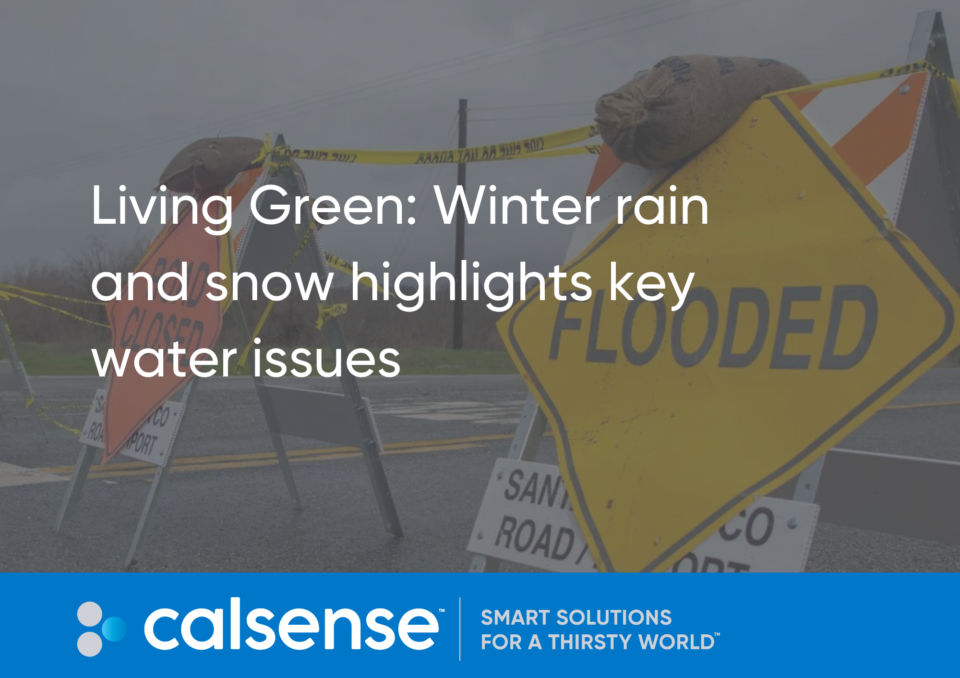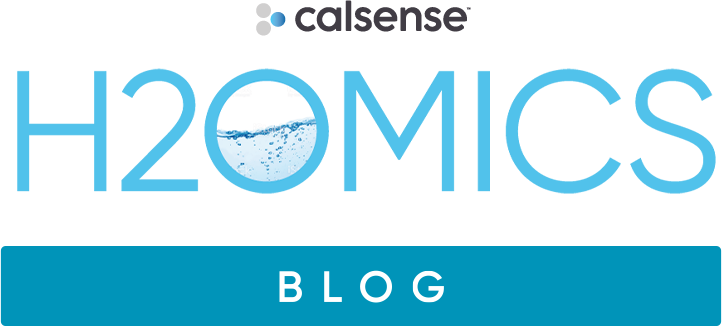Living Green: Winter rain and snow highlights key water issues
March 12, 2023

Do the heavy rains and snowfall we have experienced this winter mean we can start feeling relaxed about the way we use water in 2023?
Well, no, unfortunately. We had a lot of rain, but it was, in an important way, the wrong kind of rain.
Heavy precipitation of the type we’ve experienced in California at the turn of the year does provide some temporary relief in increasing the volume of water in our reservoirs, but it’s not enough to mitigate against the unprecedented drought conditions we’ve experienced during past years.
According to the EPA, instances of heavy precipitation, where rainfall substantially exceeds the expected average, have been steadily increasing since the 1980s.
Unusually heavy rainfall brings with it potential dangers, which “include crop damage, soil erosion, and an increase in flood risk… which in turn can lead to injuries, drownings, and other flooding-related effects on health,” the EPA says. “In addition, runoff from precipitation can impair water quality as pollutants deposited on land wash into water bodies.”
That can include trash and chemicals, sediment and heavy metals, all of which get washed toward lower-lying areas, through sewers, and towards rivers and oceans. Here in Southern California, so much of the rain that fell found its way quickly to the ocean, rather than being absorbed by soil and used by our plants and trees.
The Colorado River, which provides about a quarter of the water for Southern California, didn’t see a huge benefit from the storms, and our groundwater aquifers could require a long period to fully recover from the drought.
That’s the trouble with deluges. The vast majority of rainwater that falls is wasted. It’s not captured and used by us. Instead, it overwaters our landscapes, which are prepared for regular, steady watering, not torrential downpours.
We simply don’t have the infrastructure in place to capture and retain the amount of rainfall required to make a significant long-term impact on our usable water storage supplies. There is a finite amount of water in the world, and we need to be able to make the very most of it when we have access to it.
If extreme weather events like this are occurring with more frequency, we need to be prepared. We need to rethink our relationship with water. We can’t treat it like it’s always there, just waiting for us to use. We have to be prepared to capture it and process it and use it efficiently, and intelligently.
That could involve investing in new infrastructure to ensure we maximize our water capture potential. But even if that water collection infrastructure is in place, we need to be smart about our water use. We need to irrigate efficiently, and we need to recycle and reuse water wherever possible.
We need to make the most of technology and practices that help us to monitor and make the very most of the water we do have. Water is our most precious resource, so let’s ensure it’s conserved and utilized wisely. That should be a top priority for all of us.
This article was originally published on The Coast News, read it here.
